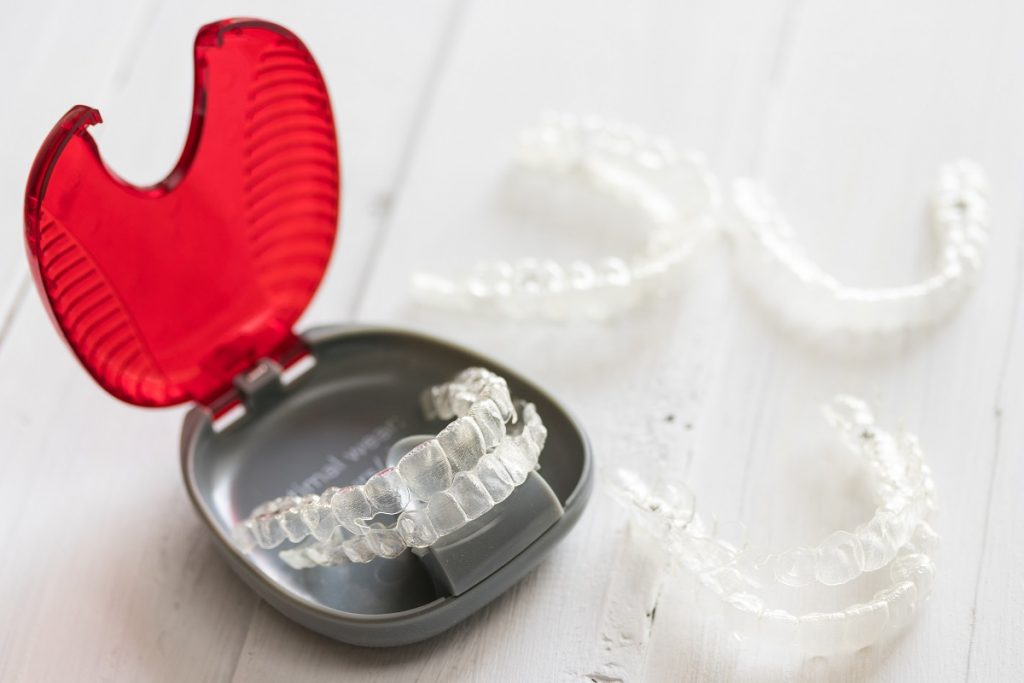The dental aligner genie is well and truly out of the bottle! With direct sales of aligners reaching mainstream audiences and the use of clear aligners in clinics on the rise, will the metal brace make its way to orthodontic museums as a part of dental history?
A spike in popularity over the last few years has led to the misconception that the aligner is a new idea, but the first dental splints were being tried in the 1970s along with rubber aligners. Both were abandoned, not because they were clinically ineffective, but they were inconvenient or prohibitively expensive to manufacture at scale. The economics of the aligner simply didn’t add up.
The method of aligner action is to move teeth by applying a consistent force to them. Unlike a brace this force is not generated by tightening wire, rather the aligner is custom-fitted to the patient’s mouth and teeth and pushes on the teeth, gradually moving them over time. Unfortunately, this is not a one-size-fits-all solution, with such aligners only suitable for mild to moderate cases and with each aligner only worn for 2 weeks. It can be challenging to get the desired results if the aligners are worn inconsistently, so compliance by the patient becomes a factor in how effective the patient’s treatment is.
Fitting of aligners is very similar to measuring for a suit, especially when compared to the fitting of a metal brace where the anchor points are affixed to the teeth and a wire is mounted. If an intraoral scanner is available in the clinic, the fitting can be performed in a few minutes. Alternatively, a 3D image of the patient’s teeth can be ascertained by taking a series of X-rays from both the front and side of the patient’s mouth.
The designing of a set of aligners is no simple matter as the shape, forces and material the aligners will be made of all have to be taken into account for the treatment to be effective. If this was done by hand, as was the case in the 1970s, aligners would not be commercially viable. But Invisalign W1 managed to streamline the vast majority of the designing for clear aligners with its ClinCheck software.
What is ClinCheck?

ClinCheck provides an interface which allows an orthodontist to digitally reconstruct and rearrange a 3D image of a patient’s teeth. The final idealised version is how the patient’s teeth should look upon completion of the treatment. The software then takes the start and endpoints of the treatment and creates a smooth transition of the teeth position, calculating the direction and quantity of force required to make those changes.
The modelled aligners still need to be made; this is done using 3D printing, as each aligner is too individualised for mass manufacturing techniques to be of any use. From fitting to delivery, it takes 3-6 weeks. As the design process is the most labour intensive part of the process, replacement aligners can be made and sent out in under a week if any are lost or damaged by the patient.
